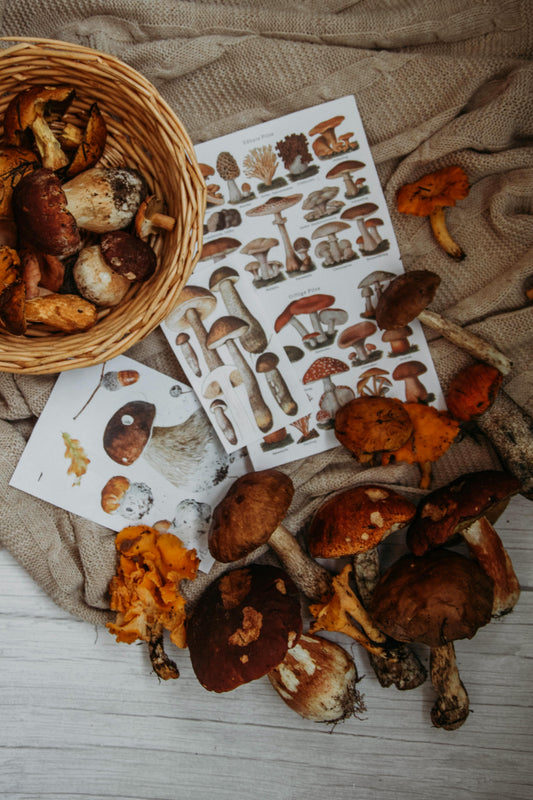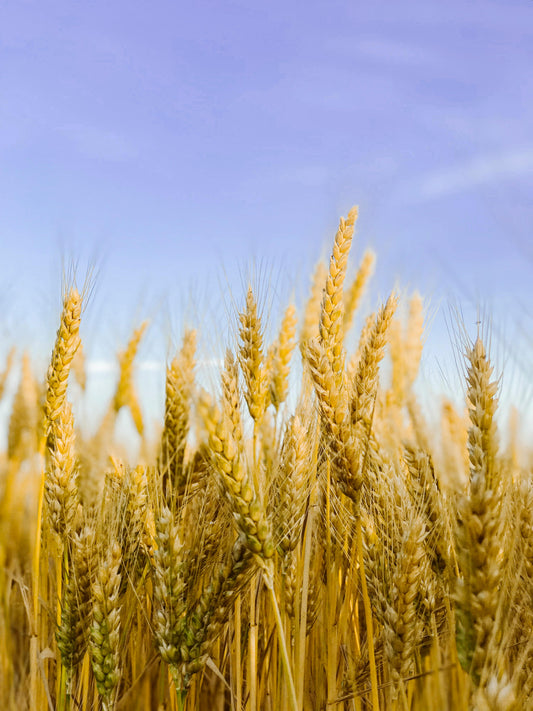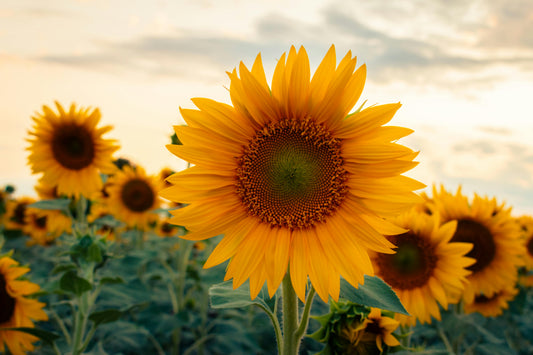Once primarily reserved for practicing Pagans, Neopagans, Witches and Wiccans, the Wheel of the Year is now accessible to anyone who longs to reconnect with their ancestral roots.
With a mass exodus from religion in recent years, the Wheel of the Year has gained popularity among modern mothers who are intentionally reclaiming the wisdom traditions of their ancestors, aligning with the cycles and seasons of the natural world, and returning to right-relationship with the Earth.
Every human alive today descended from nature-based peoples.
Though rooted in ancient practices, the Wheel of the Year itself is a modern invention — the result of multiple efforts to merge and harmonize various traditions into a single nature-based ritual calendar.
The calendar combines the equinox and solstice traditions of numerous cultures with the traditional Celtic feast days (along with the early European agricultural and pastoral celebrations) and it consists of an eclectic mix of practices from a variety of cultures and traditions.
Representing the year as a whole, the calendar is depicted as a wheel with eight evenly-spaced spokes. Each spoke represents an important turning point in nature’s annual cycle and is marked by a nature festival or holiday called a sabbat.
The wheel is made up of two groups of four festivals each, comprising eight sabbats.
There are four quarter holidays (or solar festivals) relating to Earth’s relation to the Sun: the spring and autumn equinoxes and the summer and winter solstices.
Falling in between the quarter holidays are the four cross-quarter holidays (or fire festivals): Imbolc, Beltane, Lughnasadh and Samhain.
Below is a Brief Overview of the Eight Sabbats or Seasonal Festivals (as celebrated in the Northern Hemisphere):
- Yule • Midwinter Solstice (quarter holiday/solar festival): The Sun’s alignment with 0° Capricorn around December 21, marks the shortest day and longest night of the year. Yule is akin to midnight and the bleed period of the menstrual cycle. It’s celebrated as a time of stillness, darkness, purification and regeneration.
- Imbolc • Brigid’s Day (cross-quarter holiday/fire festival): The Sun’s alignment with 15° Aquarius around February 1, marks the midpoint between the midwinter solstice and the vernal equinox. Imbolc (Imbolg) celebrates the early stirrings of springtime and is a time of hope, possibility and potential.
- Ostara • Spring Equinox (quarter holiday/solar festival): The Sun’s alignment with 0° Aries around March 21, marks the vernal equinox. Ostara celebrates the rebirth of the land and the budding fertility of springtime. It’s akin to the sunrise of the year and the preovulatory phase of the menstrual cycle. It’s a time of enthusiasm and optimism.
- Beltane • May Day (cross-quarter holiday/fire festival): The Sun’s alignment with 15° Taurus around May 1, marks the midpoint between the spring equinox and the midsummer solstice. Beltane (Bealtaine) celebrates the transition to summer, the blessing of the livestock, and the sacred union of masculine and feminine forces.
- Litha • Midsummer Solstice (quarter holiday/solar festival): The Sun’s alignment with 0° Cancer around June 21, marks the longest day and shortest night of the year. Litha celebrates the blossoming of summer and is akin to midday and the ovulation of the menstrual cycle. It’s a time of fullness, merrymaking, magick & enchantment.
- Lughnasadh • Lammas (cross-quarter holiday/fire festival): The Sun’s alignment with 15° Leo around August 1, marks the midpoint between the midsummer solstice and the autumnal equinox. As the first of three autumn harvests, Lughnasadh (Lughnasa) celebrates the first fruits of the fields — the grain & cereal crops of corn, barley, wheat, and rye. It’s a time of abundance, replenishment, and thanksgiving.
- Mabon • Autumn Equinox (quarter holiday/solar festival): The Sun’s alignment with 0° Libra around September 22, marks the autumnal equinox. As the second of three autumn harvests, Mabon celebrates the fruit and berry yields — particularly the apple crop. It's a time of reflection, balance, and preparation.
- Samhain • All Hallows’ Eve (cross-quarter holiday/fire festival): The Sun’s alignment with 15° Scorpio around November 1, marks the midpoint between the autumn equinox and the midwinter solstice. As the third and final harvest, Samhain celebrates the completion of harvest season and the descent into winter. It’s akin to the sunset of the year and the premenstrual time of the menstrual cycle. It’s a time of trust, surrender and introspection — a time to reflect on the past and honor the ancestors.
By encouraging reflection on the natural world and our place within it as humans, the Wheel of the Year serves to align our outer conscious-selves with the rhythms and cycles of the natural world — inviting and supporting the embodied expression of our inner soul-selves.
As a framework, the Wheel of the Year has the potential to reorient humanity within the great round of terrestrial life.
By aligning our social and psychological lives with the cyclical nature of life itself — the rhythms of light and dark, growth and decay, outward turning and inward turning — we reawaken to the interconnectedness of all things and our personal place in the web of life.
As mothers intentionally reclaim the Earth-honoring wisdom traditions of their nature-based ancestors and return to right-relationship with the Earth they remember their inherent wholeness and oneness and experience a rooted sense of belonging that gives them the strength, stability, security and serenity previously unavailable to them in organized religion alone.
***
YOUR TURN
Tell Us: What intrigues you about the Wheel of the Year?




